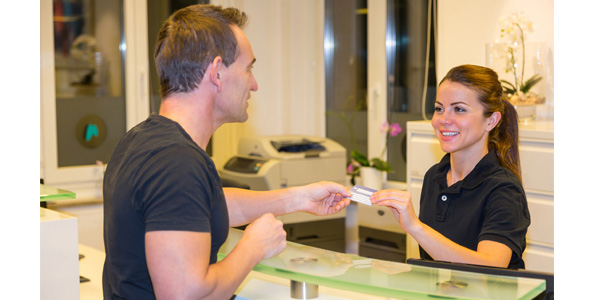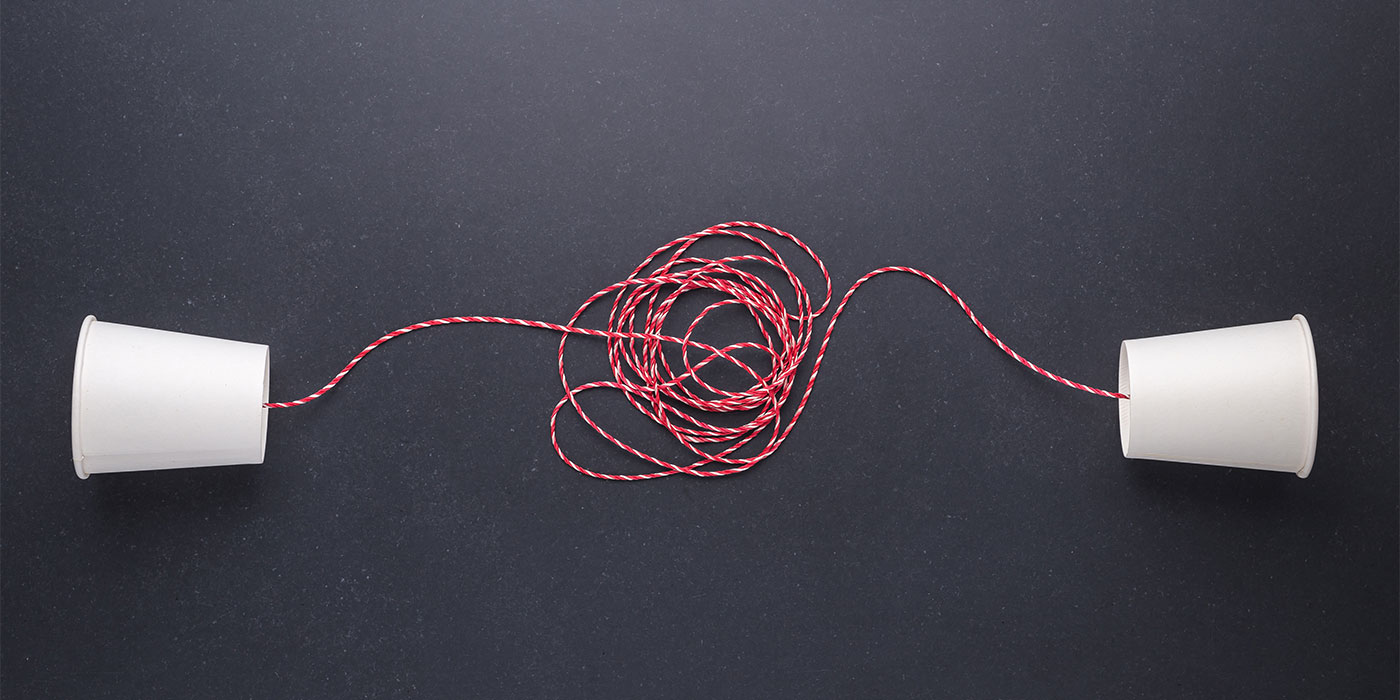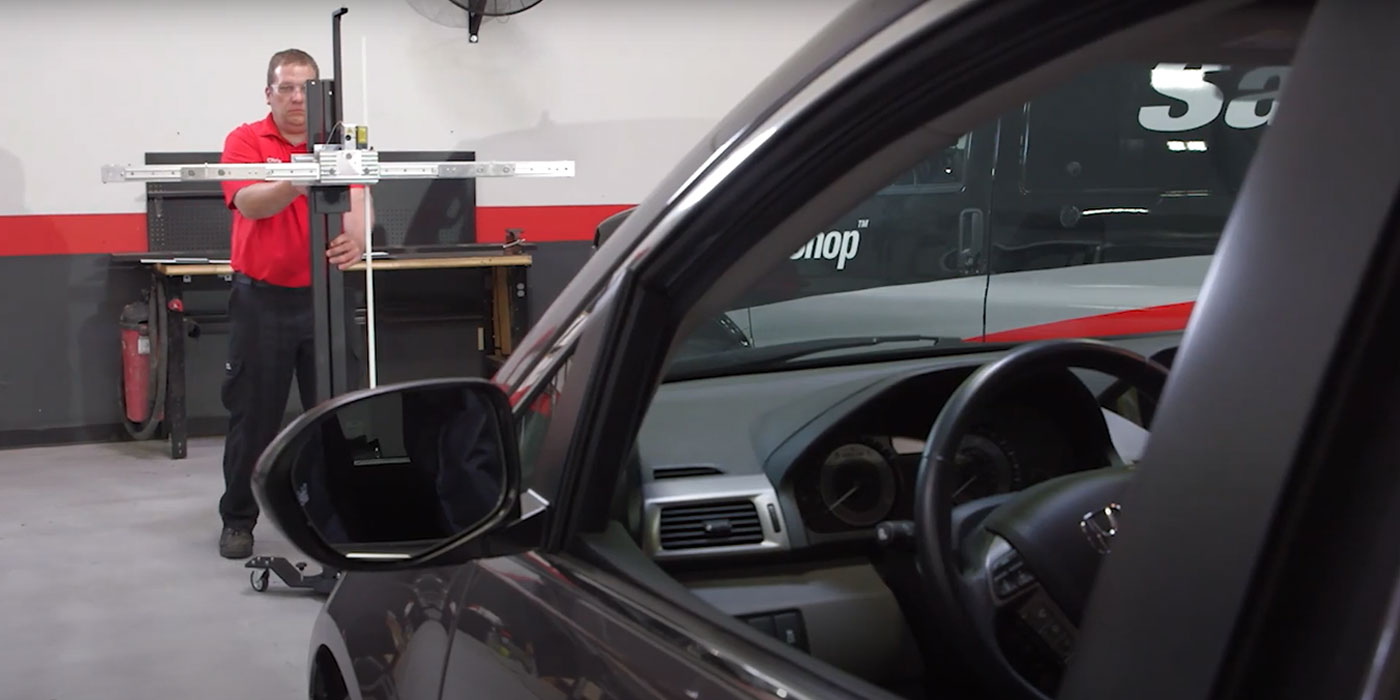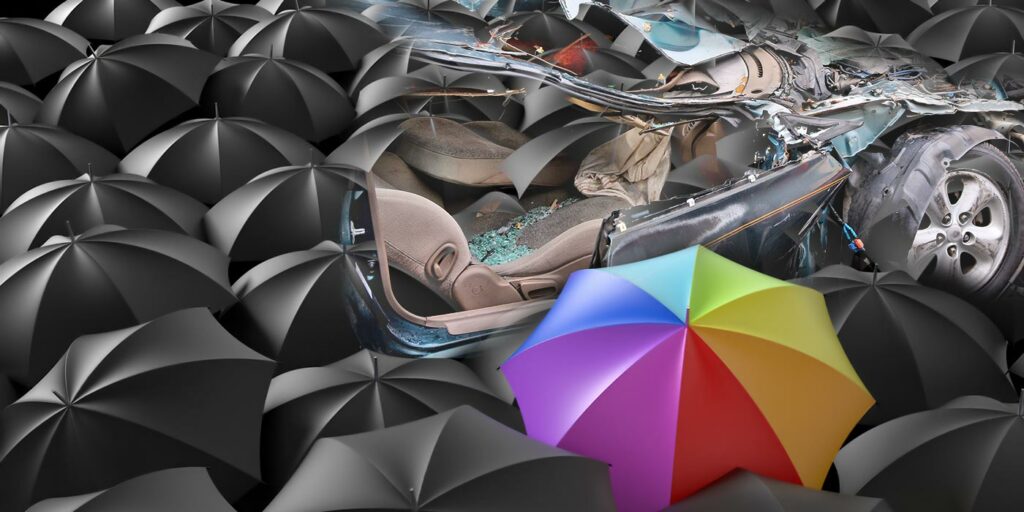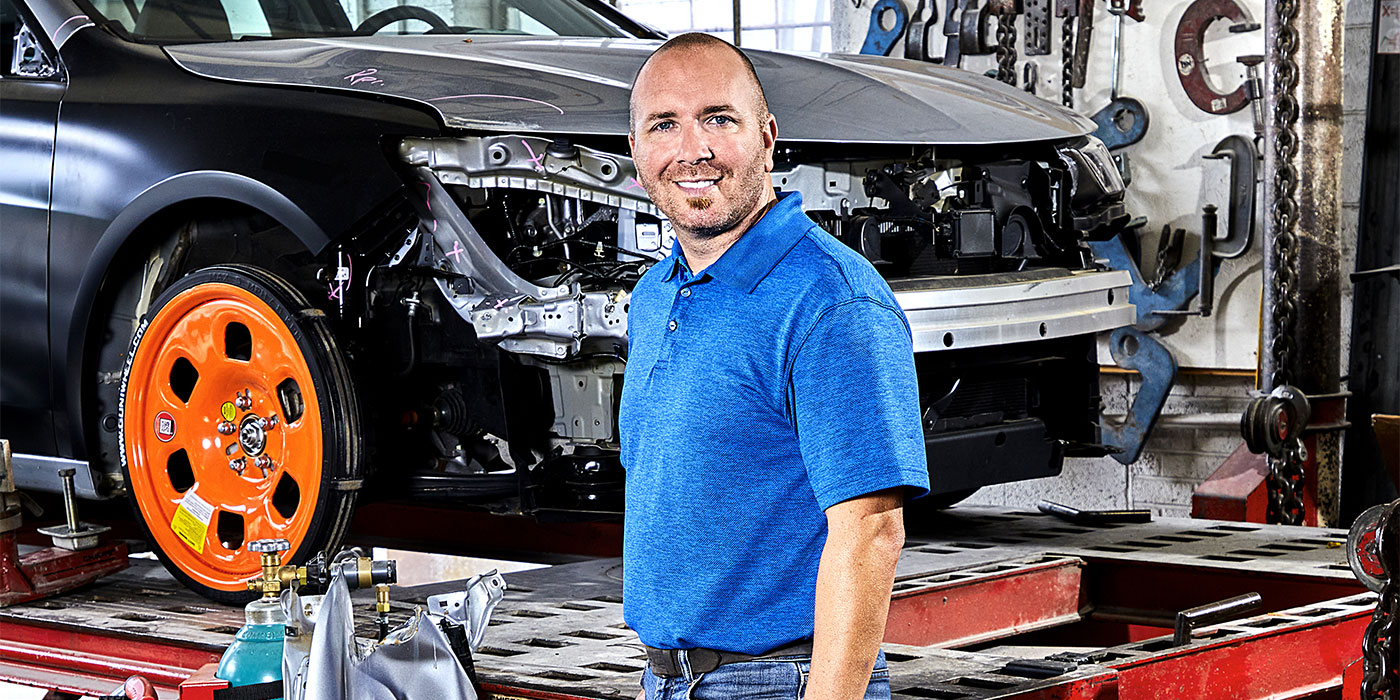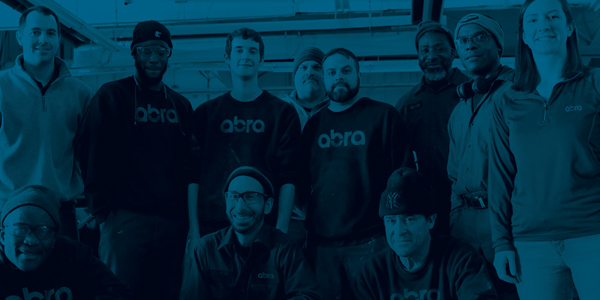Longtime readers and past members of my audiences know that I always have an opinion. It’s one of the great things about writing a monthly column. Feature stories are cluttered with facts you must gather from knowledgeable people. In Clark’s Corner, I just blather about what I think. You certainly can argue that I’m wrong (my wife often does), but you can’t argue that it isn’t my opinion.
I recently shepherded two far-flung friends through having their vehicles repaired after non-injury collisions. I’m happy to report that both repairs look and drive just fine. I’m sad to report that their experiences will not lead them to recommend their body shops to others.
Expectations
Many years ago, J.D. Power undertook a $1 million project to identify what collision repair consumers wanted and expected from their body shop. They determined that people expected high-quality repairs, but most important to them was a focus on customer service from everyone in the process. Seventy percent of the customers chose their shop in part because of a referral from someone else, and only 30 percent were there just on the insurance company’s direction. If that statistic is still true today, then making the experience positive is just as important as having the paint match and the door gaps right. Unhappy past customers won’t be sending their friends and relatives to your doors.
Contact Points
Potential customers interact with their body shop online, on the phone and in person. You must do a good job at every single contact point to keep the customers coming back and, better yet, recommending your shop to others.
Internet
These days, almost any human in search of collision repair will scout the Internet first. I don’t think your website has to be the most impressive one, but I do think it must look like you’ve expended some recent effort on it. I’m guilty of leaving my own website untouched for years, and it shows.
A seasonally current photo of the body shop exterior and interior is always appropriate. If the shots of the shop show it buried in snow when I log on in July or the trees are bare in June, it’s clear they haven’t made any recent efforts. I’m hardly the most expert computer guy, but I look for a shop website that has photos of the production areas showing how clean and well-lit they are, pictures or even videos of expensive frame equipment in use, and head shots and brief bios on everyone who works there. Customers like seeing faces, and most employees are flattered to be featured on the company website.
Keep the list of employees and their data current. I like seeing a roster of DRP partners, and I’m a big fan of listing the training certifications the shop and employees have completed.
Telephone
Numerous studies suggest that a professional telephone answer has four parts: a greeting, the firm name, your name and an offer to help. Experts say you can drop the greeting or the offer to help and still have a professional-sounding answer in three parts. Sadly, I call lots of body shops, and the typical phone answer doesn’t win any awards or likely any customers. Remember that it isn’t just what you say, it’s how you say it. Racing through the four parts in one single blast (ThanksforcallingXYZBodythisisMarkhowcanIhelpyou?) clearly sends the message that you’re too busy doing something else to be bothered by the caller.
Back when Bell Telephone had a monopoly, they did lots of preference research about phone calls and contended that you could “hear” a smile on the other end of the phone with high accuracy. I’ve been in business since 1970, and I understand you don’t feel like smiling every minute of every day. I suggest instead that simply inhaling and filling your lungs right before you pick up the phone is a great way to slow down your delivery speed and sound happy they called your shop.
Physical Facility
Clean, clean, clean. How often can I beat this dead horse? Plenty more beatings are necessary, it seems, because neither of my friends’ chosen body shops were clean. Not the parking lots, not the reception lobbies, not the waiting areas. Come on. This is basic Business 101; it is the No. 1 thing the J.D. Power survey discovered consumers want. Either you get it or you don’t, I guess.
Post-accident is a traumatic time for your customers. Make it easy for them to navigate your facility from the street to the restroom. Big signs should point the way for them to go; park here, enter here, wait here, thank you for coming!
Receptionist
Remember, you’ll never see the phone callers who were treated badly. When your people were rude to them when they called, they moved on to another shop. Those folks who do show up at your door are bona fide potential business; treat them like you’re happy about the opportunity.
The first contact person should stop whatever they’re doing immediately to welcome the customer. Can’t quit right then? Make eye contact and either say, “Just a second,” or gesture that you’ll be done soon. Ignore them at your peril. Be welcoming, be sympathetic, look at them, listen to their story. And I know it’s tough to act concerned when you hear all the collision details for the thousandth time, but it’s a once-every-seven-year big deal to the customers.
Waiting Room
This is where the customer will sit while something else happens. Look like a professional workplace. The old couch from your living room, now covered with cat hair and body filler dust, won’t send a good message. Post a big sign where they can’t miss it and say why your shop is their best choice. They may not visit your website, they may not have seen your cable TV ad, they may not have listened to everything the estimator said, but for sure they will read that big sign right across from their seat. Say why you’re the one.
Delivery
Never give them their keys back and point to their car outside. Always walk them out and resell the job. If you’re proud of what your team did and you point out all the good things about the repair or the refinish personally, they will drive away so satisfied that they will tell their friends.
So What?
None of those things happened during my two friends’ recent repairs. Their cars are both fine, look good and track straight, but they will never recommend the shops that did the work. You may operate on the theory that DRP assignments always will be plentiful and that your only hurdle is to keep those insurers happy. I’m here to tell you for sure that a personal recommendation carries lots of weight when you’re fixing your second most valuable possession.

